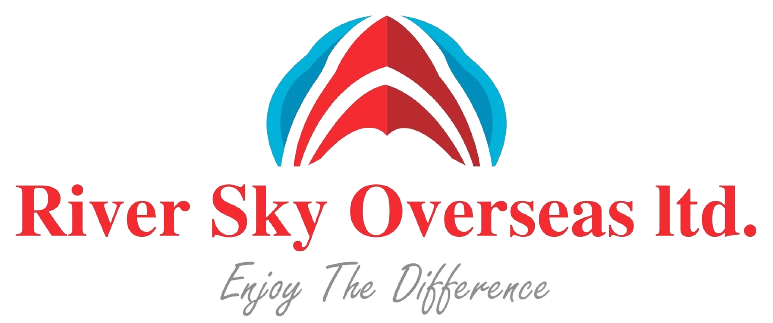To work in Australia as a Bangladeshi national, you need to obtain the appropriate work visa. Australia offers various types of work visas under its General Skilled Migration (GSM) program and employer-sponsored visa categories. Here’s a detailed guide on how to navigate the process:
1. Types of Australian Work Visas:
- Skilled Independent Visa (Subclass 189): A points-based visa for skilled workers who are not sponsored by an employer, state, or territory.
- Skilled Nominated Visa (Subclass 190): A points-based visa for skilled workers who are nominated by an Australian state or territory government.
- Skilled Work Regional (Provisional) Visa (Subclass 491): A points-based visa for skilled workers nominated by a state or territory or sponsored by an eligible relative living in a designated regional area.
- Employer Nomination Scheme (Subclass 186): For skilled workers who are nominated by an employer for a permanent visa.
- Temporary Skill Shortage (TSS) Visa (Subclass 482): For workers with an employer sponsor, allowing temporary residence and work in Australia.
- Temporary Graduate Visa (Subclass 485): For recent graduates from Australian institutions.
2. Eligibility Requirements:
- Occupation: Your occupation must be on the relevant skilled occupation list for the visa you are applying for.
- Skills Assessment: You may need a positive skills assessment from a relevant assessing authority.
- English Language Proficiency: You must demonstrate proficiency in English, usually through a test like IELTS, PTE, or TOEFL.
- Points Test: For points-based visas (e.g., Subclass 189, 190, 491), you must meet the minimum points requirement, which is typically 65 points.
- Health and Character: You must meet health and character requirements, which may include a medical examination and police clearance certificate.
3. Application Process:
Step 1: Skills Assessment and English Language Test
- Skills Assessment:
- Identify your occupation on the relevant skilled occupation list.
- Apply for a skills assessment with the appropriate assessing authority (e.g., Engineers Australia for engineering professions).
- Submit relevant documents such as educational qualifications, work experience, and any professional registrations.
- English Language Test:
- Take an approved English language test (e.g., IELTS, PTE, TOEFL) and achieve the required score for your visa category.
Step 2: Expression of Interest (EOI) via SkillSelect
- Create an EOI:
- Create an Expression of Interest (EOI) through the Australian government’s SkillSelect system, detailing your qualifications, skills, and employment history.
- Points Test:
- You will be assigned a points score based on factors such as age, English proficiency, work experience, and education.
- Wait for Invitation:
- Depending on your points score and the occupation’s demand, you may receive an invitation to apply for a visa. Invitations are issued periodically based on the needs of the Australian labor market.
Step 3: Visa Application
- Apply for the Visa:
- If you receive an invitation, you have 60 days to submit a complete visa application online.
- Required Documents:
- Valid passport.
- Skills assessment result.
- English language test results.
- Employment references and evidence of work experience.
- Educational certificates and transcripts.
- Health insurance (for temporary visas).
- Police clearance certificates.
- Proof of relationship (if applying with family members).
- Health and Character Checks:
- Undergo a medical examination by an approved panel physician.
- Obtain police clearance certificates from every country where you have lived for 12 months or more in the past 10 years.
- Pay the Visa Application Fee:
- Pay the applicable visa application fee online. Fees vary depending on the visa type and number of applicants.
Step 4: Visa Outcome
- Processing Time:
- Visa processing times vary depending on the visa category, the completeness of the application, and other factors. It can range from a few months to over a year.
- Receive Visa Grant:
- If approved, you will receive a visa grant notification outlining the conditions of your visa, including the period of stay and any work restrictions.
Step 5: Travel to Australia
- Entry to Australia:
- Once your visa is granted, you can travel to Australia. Make sure to enter before any initial entry date specified in your visa grant letter.
- Comply with Visa Conditions:
- Ensure that you comply with all the conditions of your visa, including work limitations, living in a designated area (for regional visas), and maintaining health insurance (if required).
4. Additional Considerations:
- Family Members: Most work visas allow you to include family members (spouse and dependent children) in your application. They may also have work or study rights depending on the visa type.
- Permanent Residency: Many temporary work visas offer pathways to permanent residency in Australia.
- State Nomination: For visas like Subclass 190, you must secure a nomination from an Australian state or territory, which may require additional documentation and commitments, such as living and working in the state for a certain period.
5. Consulting and Assistance:
- Migration Agents: Consider consulting a registered migration agent for professional assistance, especially if your case is complex.
- Job Search: Utilize Australian job search platforms like SEEK, Indeed, and LinkedIn to find potential employers who can sponsor your visa.
Conclusion:
Securing a work permit and visa for Australia as a Bangladeshi national involves several steps, from obtaining a skills assessment and proving English proficiency to receiving an invitation to apply for a visa. Carefully follow each step, ensure all documentation is accurate and complete, and consider professional assistance if needed to navigate the process successfully.










